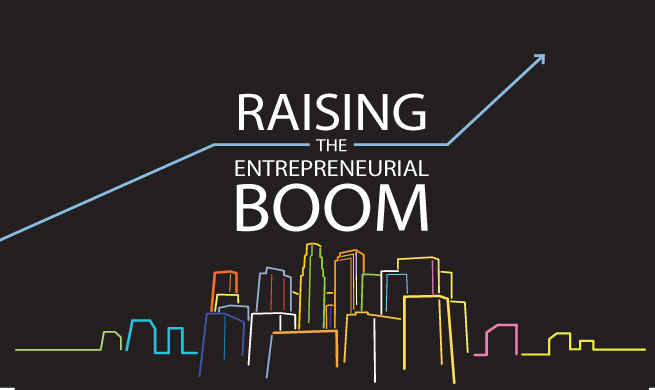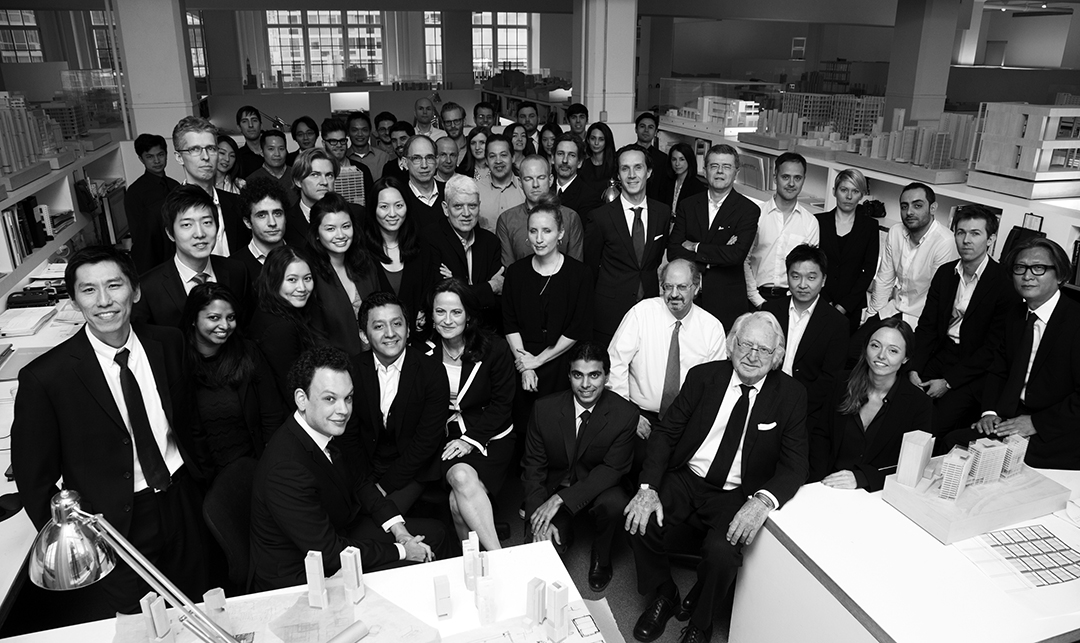Excerpted from The CEO’s Guide to the Investment Galaxy: Navigating Markets to Build Great Companies, chapter 11, “Your Destination Back on Earth.”
As a CEO, your job is to build a great company. Great companies provide employment, goods, services, and, in many cases, function as the center of the community for their employees, suppliers, and others who rely on them. Companies are central to economic prosperity and to innovation.
In the United States, the United Kingdom, and Europe, approximately 82% of jobs are in the private sector. Companies are what drive economies, accounting for more than 70% of the GDP in developed countries.
Companies enrich our lives in very real ways with technology, medicine, or new business models. Think of what you’ve done today so far. Maybe you woke up and made a cup of coffee; maybe you had breakfast and took your daily vitamins. You looked at your phone to read the news, check your emails, and see messages from your family. Perhaps you worked out at home or at a gym. Then you drove to work in your car or took an Uber to get there.

Every one of those goods and services that you’ve used today is provided by a company—even the road you drove on was likely built by a company hired by the government.
Innovation made all these goods and services possible. Government funding of scientific research and the knowledge sharing of universities provide a critical foundation for discovery and innovation. When the system works, companies build on this foundation to bring medicines, entertainment, goods, and services to life.
The investment community [was] developed to send ships around the world, provide companies with capital to expand, and transfer risk among market participants. Today, the spotlight is often on broad market moves in the short term—what the S&P 500 did today or where rates might be going next—rather than on businesses and their prospects. Most members of the investment community “trade paper” and think about what they own in terms of portfolios, rather than having a significant long-term interest in an individual company. …
Today’s market is primarily a market of and for the investment community, where decisions are made by professionals and computers, and holding periods are often measured in seconds.
In an airport, the gate agent often calls out something like “Passenger Smith, please check in.” When I hear such an announcement, I always think that person must be so much more than a passenger—someone with an interesting job or hobby, someone important to family members and friends. But at that moment, to the airline, Passenger Smith is simply a passenger.
It can be the same in the investment community. To investors, your company may be just an issuer, a name, or a portfolio company. But a great company is so much more than that—an employer, a brand, a culture, an innovator, a provider of critical goods or services, the cornerstone of a community. In the capital markets, that’s often not relevant; you’re seen as simply part of a large portfolio or a trade.
The challenge as a CEO is to find a few investors who care about ownership in your company—not as a factor, a CUSIP, or a benchmark position. There are investors who think like owners, back management teams, and provide capital for exciting journeys. Use your understanding of the investment galaxy to target the investors that will help you achieve your goals, rather than the other way around.

When you find those investors with an ownership mindset, treat them as partners in your journey to build a great company. And for the rest? Think of them as sources of capital, renters of your stock, equity analysts, or lenders, but not as owners in the sense of being on your team and rooting for your success.
Markets do work over long periods of time, and great companies— and their long-term shareholders—get rewarded. Their CEOs have the power to benefit society even beyond the actions of their companies. Throughout modern history, notable corporate leaders who have amassed great wealth have used it for significant public good. Andrew Carnegie, for example, was a tough businessman who built a fortune in steel—and then used that fortune to build thousands of libraries across the United States. Oil baron John D. Rockefeller put his name to art museums, a university, and one of the world’s most powerful foundations.
After your journey through the investment galaxy, your legacy back on Earth is the reputation your company has developed and the impact it has on people and planet: the brand, the employees, the goods and services provided, the wealth created for shareholders, employees, and charitable purposes.
On the other hand, when companies or their CEOs take shortcuts or extract rather than create value by, for example, polluting the river behind their factory or exploiting labor in their supply chains, they can destroy both communities and wealth, detracting from that legacy.
Some inhabitants of the investment galaxy may encourage you to take actions that benefit their portfolios in the short term but not your company in the long term. Let the investors worry about their portfolios; your job in navigating markets is to get the capital you need to run your business well.
My hope is that The CEO’s Guide to the Investment Galaxy helps CEOs of companies understand the investment community better so they can attract long-term capital, enabling them to spend more time innovating new products, creating jobs, and benefiting communities for years into the future.
Every CEO I know would like to take pride in a job well done and create a legacy future generations will honor. When companies are led by CEOs with a long-term mindset and a clear purpose, they have incredible power to shape culture, our well-being, and the planet. What will you be most proud of over the long term?
After your journey through the investment galaxy, what value will you bring back home to Earth?
Excerpted from The CEO’s Guide to the Investment Galaxy: Navigating Markets to Build Great Companies by Sarah Keohane Williamson, with permission from Wiley. Copyright © 2025 by Sarak K. Williamson. All rights reserved. This book is available wherever books and eBooks are sold.
Sarah Keohane Williamson is chief executive officer of FCLTGlobal, a nonprofit research organization whose mission is to focus capital on the long term to support a sustainable and prosperous economy. Under her leadership, FCLTGlobal develops innovative, practical research and builds a global community of CEOs focused on solving long-term challenges across the investment value chain. She is author of The CEO’s Guide to the Investment Galaxy: Navigating Markets to Build Great Companies.













































